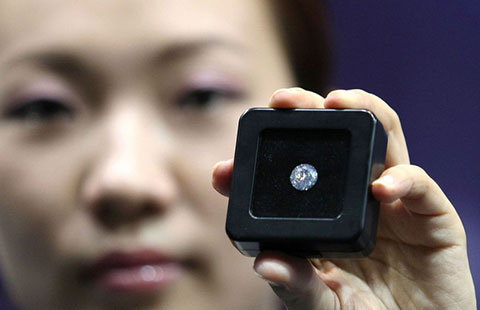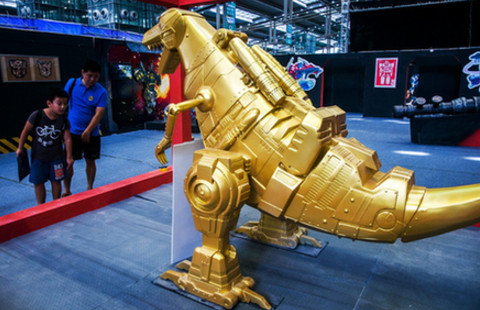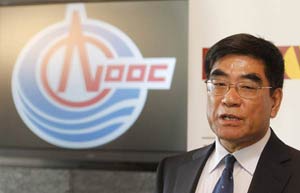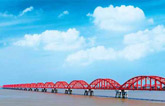First-half growth decelerates in Beijing, Shanghai
By Wei Tian in Shanghai and Zheng Yangpeng in Beijing (China Daily) Updated: 2014-07-19 07:01The promising prospects of Shanghai were underscored by more foreign investment in the city. In the first half, foreign direct investment increased 10.9 percent, with Asia as the fastest-growing source of incoming capital.
In Beijing, the information service, financial service and technology service industries all grew faster in the first half than the 7.3 percent overall growth recorded for the tertiary industry.
The information, computer service and software industry grew 12.6 percent, while the financial service sector expanded 12.5 percent and technology service activity increased 9.3 percent.
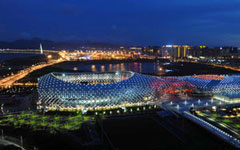 |
|
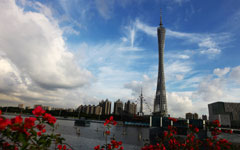 |
Industrial activity gains momentum
Thanks to a strong rebound in its industrial sector, Beijing's GDP growth in the second quarter accelerated.
The city's GDP in the first half expanded 7.2 percent, according to Beijing's statistics bureau. It indicated the city's economy expanded faster in the second quarter, given the first-quarter growth rate of 7.1 percent.
The bureau did not provide a separate growth number for the second quarter.
Given that the first-half growth rate of the city's tertiary industry actually slowed compared with the first quarter, the acceleration of GDP growth in the second quarter was attributed to the faster growth of industrial production.
Industrial output grew 6.3 percent in the first half, 0.3 percentage point faster than in the first quarter.
The added value of rolling stock, aerospace and other transportation equipment manufacturing more than doubled in the first half, while vehicle manufacturing grew 11.9 percent. These gains reflected the stimulus measures launched since April by the central government, analysts said.
Faster industrial expansion was recorded not only in traditional sectors but also in "strategically emerging industries", such as information technology, energy-efficient technology, alternative energy and advanced machinery manufacturing. These industries grew 14.9 percent year-on-year, accounting for more than half of the industrial output growth.
- Alibaba allegedly blackmailed by media institution
- Chinese, Venezuelan central banks ink co-op deal
- Timetable set for Shanghai-HK Stock Connect
- China approves $41b in RQFII quotas
- China telecom giants form joint venture
- All cheers for Chongqing wedding expo
- Step toward good governance
- Monkey King journeys to the West
